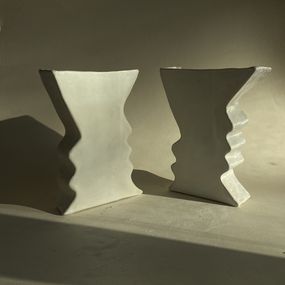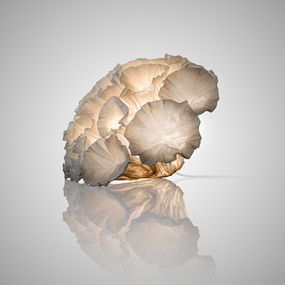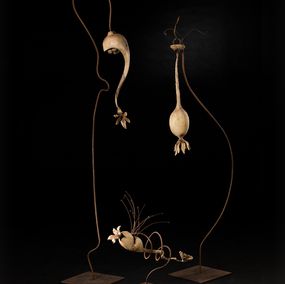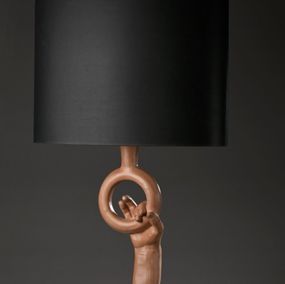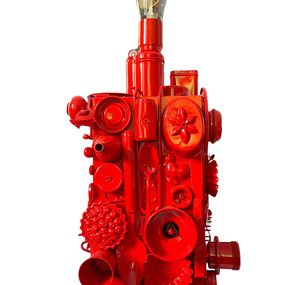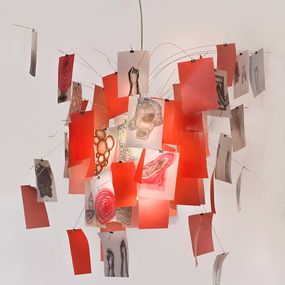
Lighting for Sale
Lighting's primary purpose is to illuminate a space. It distributes, filters, and transforms light. This fixture is not necessarily the source of light, but rather, is a mechanism used to support a system, providing artificial light.
There is an array of fixtures under the header of lighting. This includes, but is not limited to, lamps and other mobile lighting objects, suspended lighting fixtures, and large floor-based lighting fixtures.
Light fixtures can be made from various materials. Traditionally, they are created out of metal, most specifically, brass and sheet metal. Others are made from porcelain and glass.
Amongst the various types of glass used is opal glass, which has a special place when evaluating glass light fixtures, as it is known for its particular effect on light diffusion. Opal glass was a beloved material for lighting designers, most specifically at the beginning of the 20th-century.
Lighting devices evidently changed over the decades, as a result of the progress of technological advancements. Beyond the evolution of lighting technology, these objects have also been transformed, heavily, by the designers behind their creation. Designers are quite often a product of their times, reflecting the style of the times, and such influences are typically seen in their designs. Lighting fixtures from the 19th, 20th, and 21st centuries mirror the movements that coincided at the same time… Movements such as Art Nouveau, Surrealism, and Art Deco heavily influenced designers of the time.
Light has also been a source of inspiration for many artists, whether in painting or sculpture. Think of the technique of chiaroscuro, for example, which allows artists to create intense contrast by playing with shadows. But the border between design objects and works of art is even thinner in the field of sculpture. For example, the creation of neon sculptures, as done by the artist Mary Jo McGonagle, is a perfect example of the multiple possibilities that light offers in art.
Are you fascinated to discover or rediscover modern and contemporary lighting fixtures? Explore a collection of selected lighting objects!
Save your search and find it in your favorites
Save your search to find it quickly
Saved search
Your search is accessible from the favorites tab > My favorite searches
Unsaved search
A problem occurred
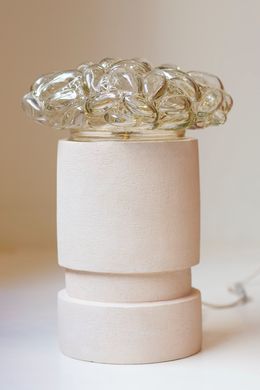


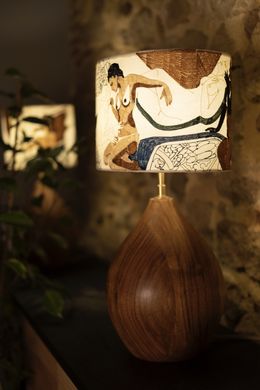
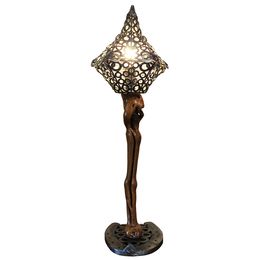
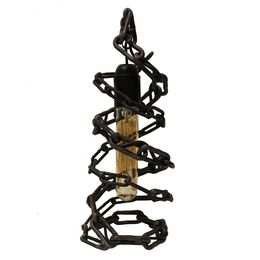
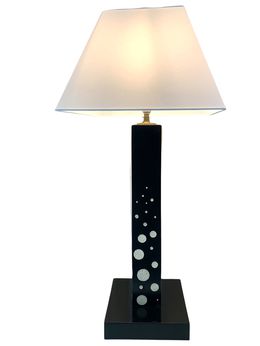



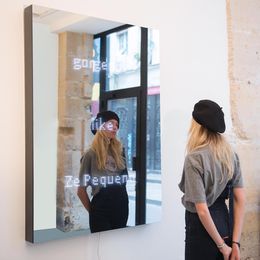























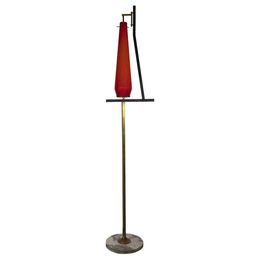
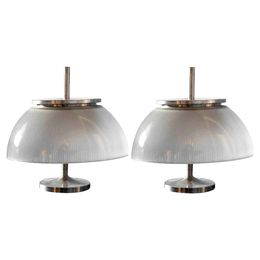
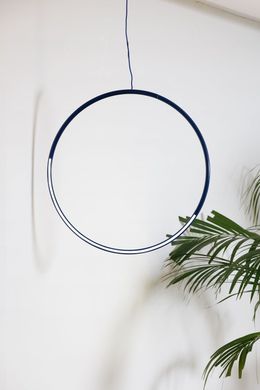
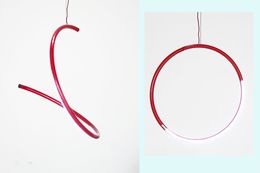

Discover the selection of our experts
There are various types of lighting fixtures available for homes and offices, including chandeliers, pendant lights, recessed lights, track lights, wall sconces, and table lamps. Each type of fixture offers unique benefits and can be used to create different lighting effects, depending on the space and desired ambiance.
Lighting plays a crucial role in setting the mood and enhancing productivity in a space. Bright, natural light can boost energy levels and improve focus, while dimmer, warmer lighting can create a relaxing atmosphere. Proper lighting design can also reduce eye strain and headaches, leading to increased productivity.
LED bulbs, CFL bulbs, and halogen incandescent bulbs are some energy-efficient lighting options that can help reduce electricity bills. These bulbs use less energy and last longer than traditional incandescent bulbs, making them a cost-effective choice for homeowners. Additionally, installing dimmer switches and motion sensors can further reduce energy consumption.







